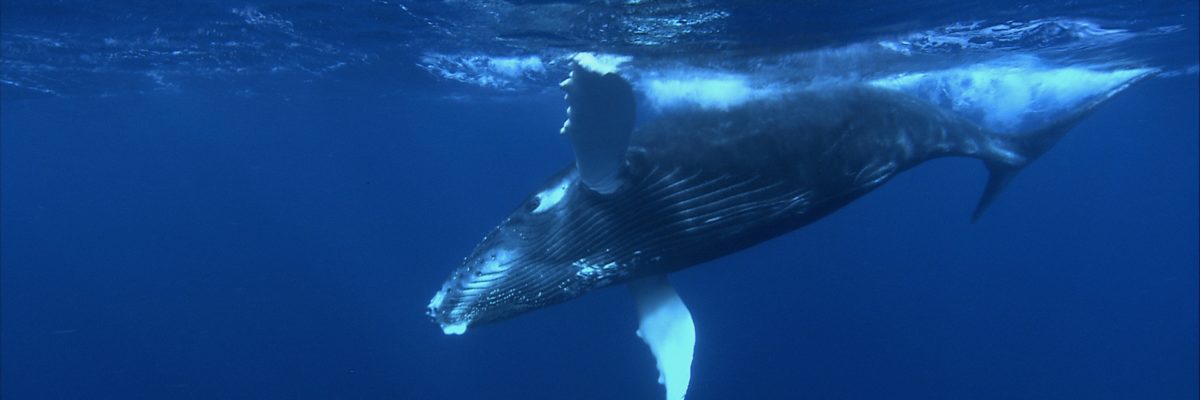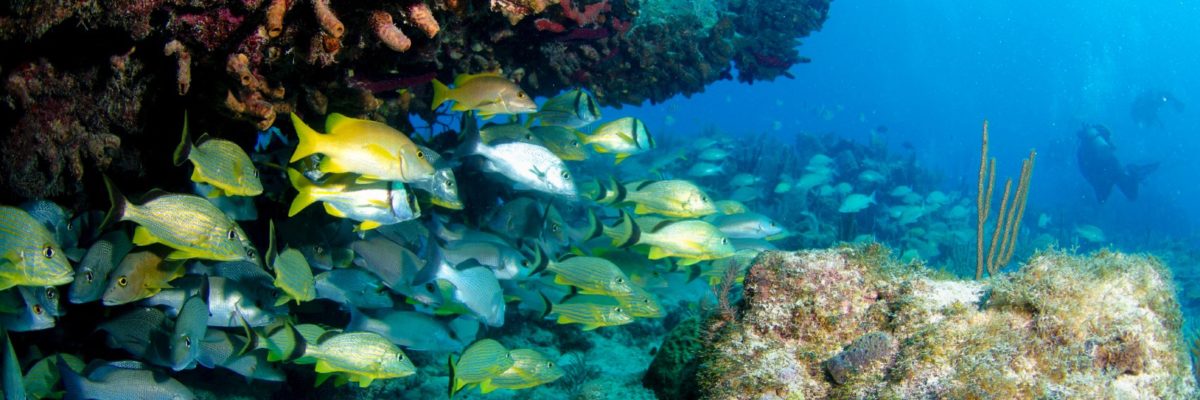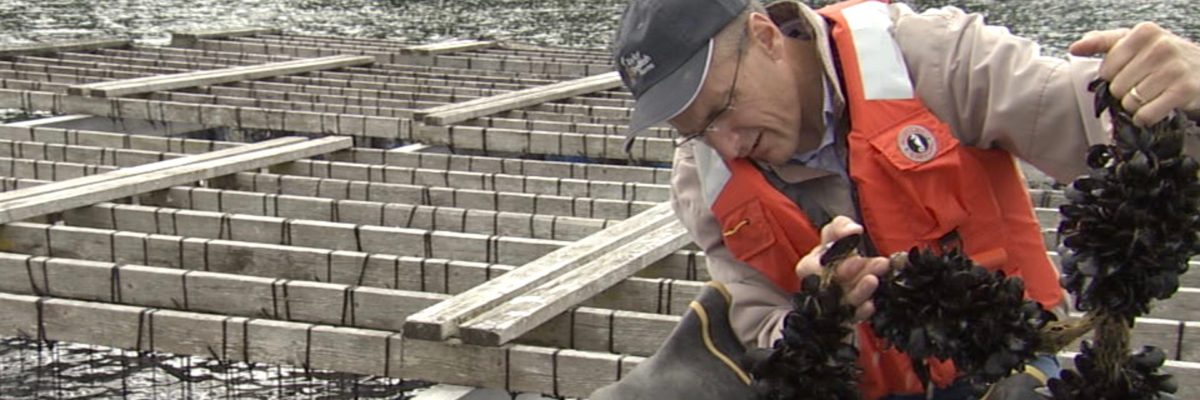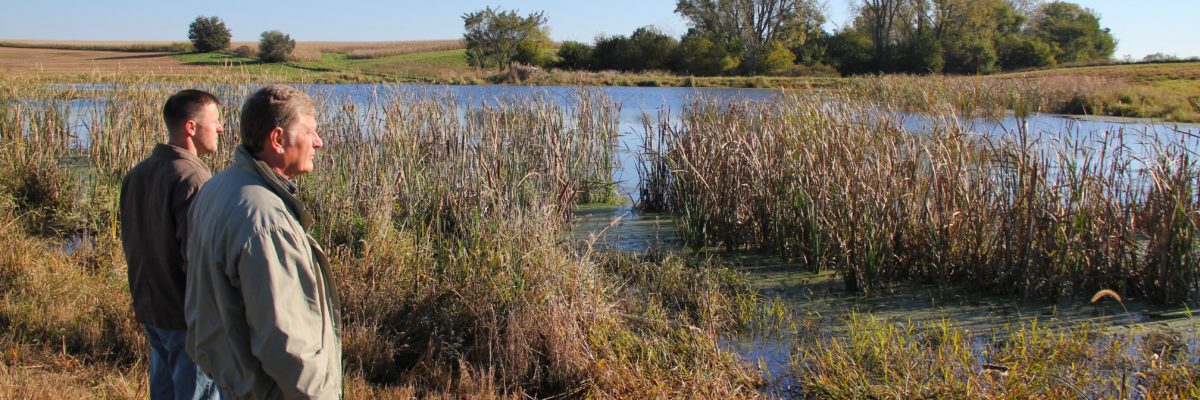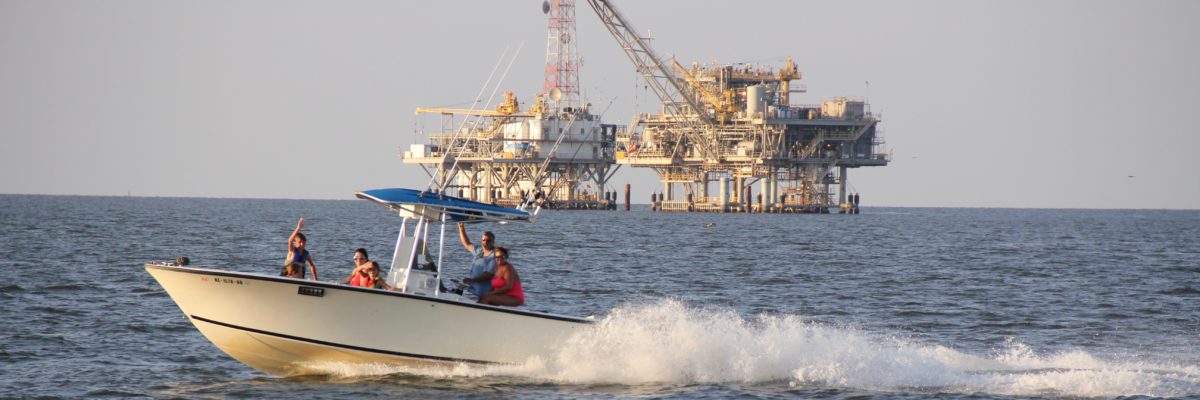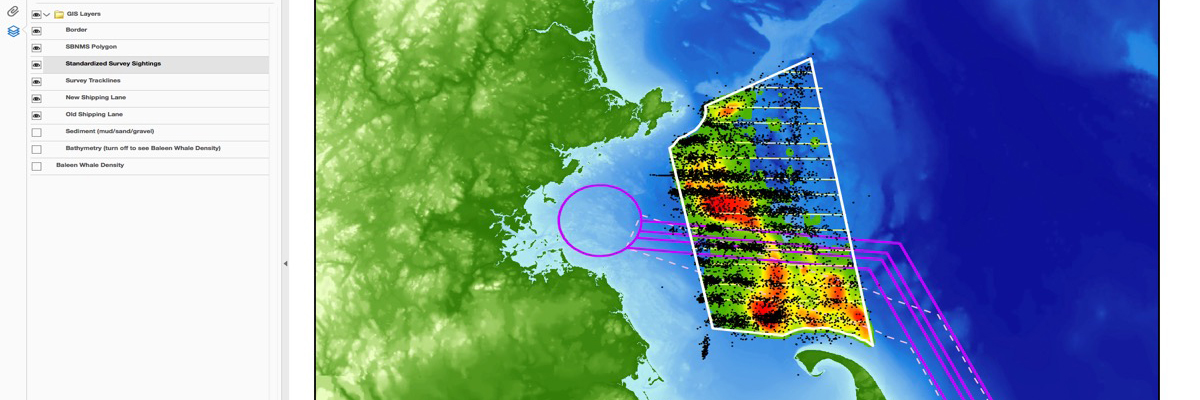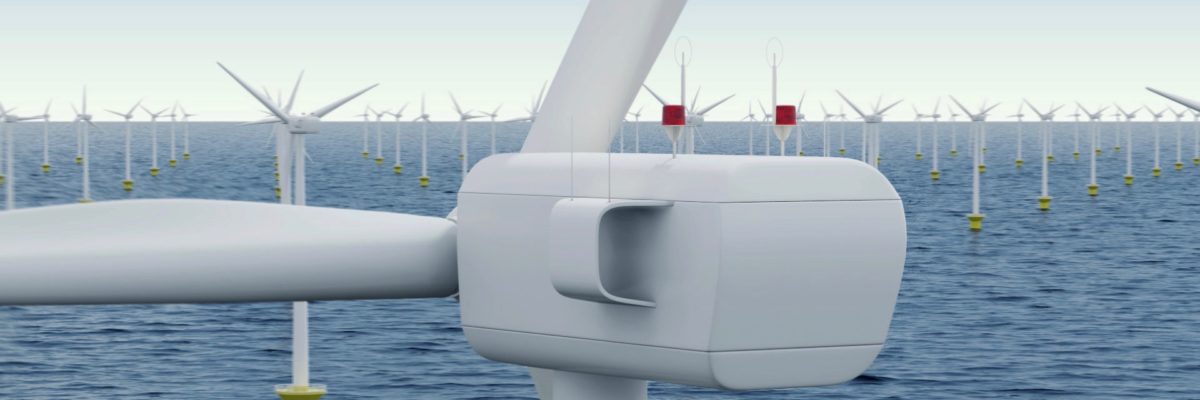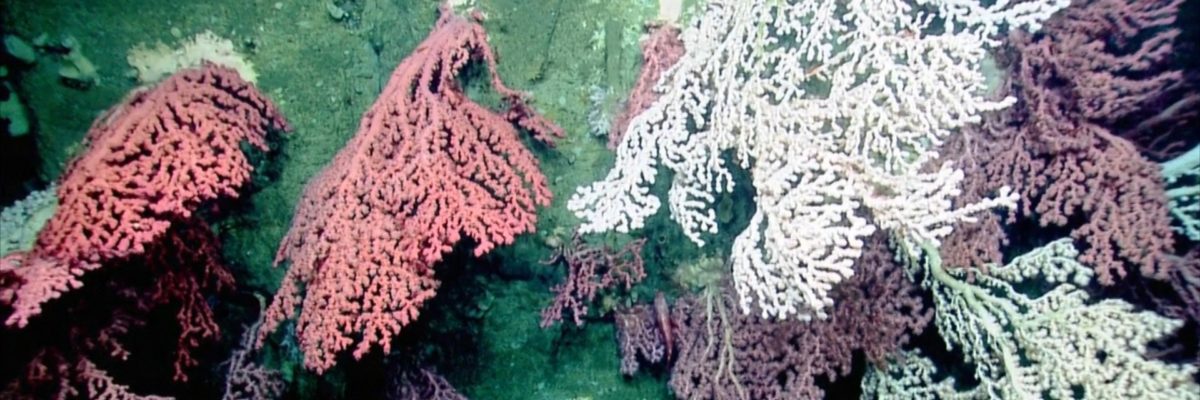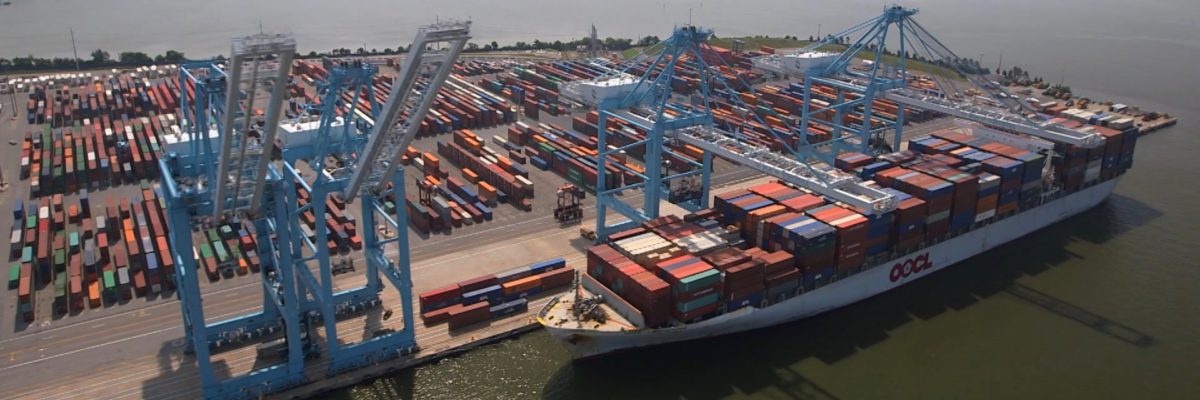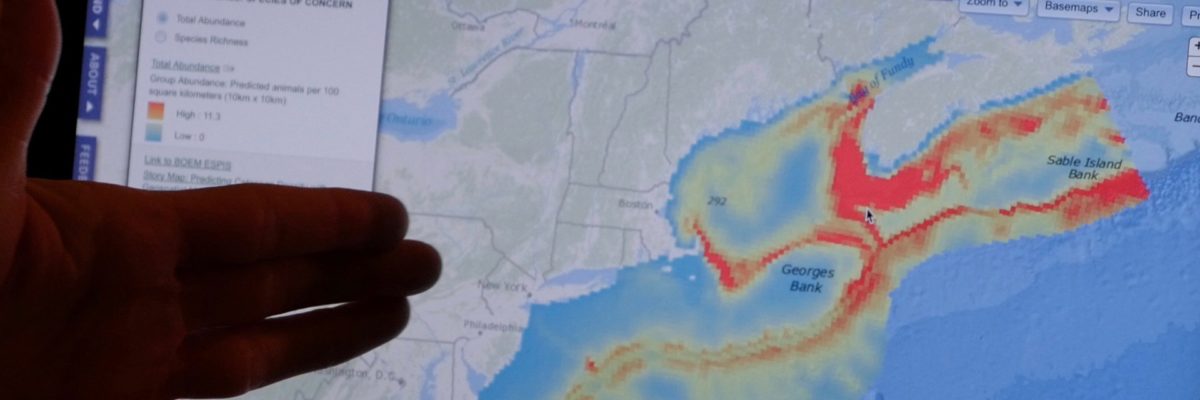The Exploring Ocean Frontiers Educator Resources are based on the award-winning Ocean Frontiers film series by Green Fire Productions, portraying how unlikely allies — government, industry, science and conservation — are working together to find solutions that benefit ocean ecosystems and economies. The resources include secondary lessons and post-secondary discussion guides to engage students on an inquiry-based educational journey in ocean stewardship and facilitate discussions on collaborative ocean planning and the future of our oceans.
Resource overview: Secondary | Post-Secondary
Tips:
> Download the Educator Resources (secondary or post-secondary) from the table below by clicking on the appropriate link.
> Viewing and download links to the films are embedded within each lesson, so it is not necessary to purchase DVDs to use these resources.
> Viewing links in the table below allow you to preview the films on this website.
Lessons, Discussion Guides and Films |
||
|---|---|---|
| Ocean Frontiers: The Dawn of a New Era in Ocean Stewardship (60-min) view film | view Spanish version | Secondary Lessons | Post-Secondary Discussion Guide |
| Ocean Frontiers II: A New England Story for Sustaining the Sea (45-min) view film | Secondary Lessons | Post-Secondary Discussion Guide |
| Ocean Frontiers III: Leaders in Ocean Stewardship & the New Blue Economy (55-min) view film | Secondary Lessons | Post-Secondary Discussion Guide |
| The Great Bear Sea: Reflecting on the Past–Planning for the Future (60-min) view film | view Spanish version | Elementary & Secondary Lessons | Post-Secondary Discussion Guide |
Secondary Lessons – Resource Overview
Students can learn about this new wave of ocean stewardship through engaging lessons that build on real-world science, featuring inspiring film clips, research data, local knowledge, place-based stories, role-playing, background information and more — providing educators NGSS-linked tools to incorporate ocean management and conservation perspectives into a variety of classroom settings. Themes include: collaborative science, ocean planning, stakeholder engagement, ocean data portals, marine biodiversity and ocean stewardship. See the table above for links to the films and lessons.
Ocean Frontiers: The Dawn of a New Era in Ocean Stewardship
The first Ocean Frontiers film tells four ocean planning success stories from seaports and watersheds across the country — from the busy shipping lanes of Boston Harbor to a small fishing community in the Pacific Northwest; from America’s coral reefs in the Florida Keys to the nation’s premier seafood nursery in the Mississippi Delta. These place-based stories are great entry points to the curriculum. Lessons include:
- Uncovering GIS Data: Saving Whales at Stellwagen Bank – Map interpretation; using GIS data to reduce ship strikes on whales.
- Stakeholder Engagement: Playing and Working in the Florida Keys – Marine zoning and stewardship roles in coral reef conservation.
- Rivers Connect: Iowa Farmers & the Gulf of Mexico – An inland perspective on reducing human impacts on the ocean.
- Sustainable Fishing in Port Orford, Oregon: Collaboration in Action – Local knowledge, marine protected areas and collaborative research to preserve natural and cultural resources.
Ocean Frontiers II: A New England Story for Sustaining the Sea
Ocean Frontiers II looks closely at Rhode Island’s ocean planning work, the use of science and data to make better decisions and the subsequent siting of an offshore wind farm. The story focuses on how the offshore wind energy company worked with conservationists, fishermen and the Narragansett Indian Tribe to reduce conflicts and potential impacts. Lessons include:
- Ocean Stakeholders: Every Voice Matters – Stakeholder engagement and collaborative decision-making.
- Keeping Track Of It All: Using Data Portals for Ocean Planning – Understanding human activity in the ocean to reduce impacts on marine life.
- Multi-Species Management: We’re All In This Together – Food webs; keystone species; systems thinking; writing to Congress.
- Collaborative Research: Block Island Wind Farm – Interpreting data; collaborative research and local knowledge to understand potential wind farm impacts to fishermen.
Ocean Frontiers III: Leaders in Ocean Stewardship & the New Blue Economy
The most recent film in the series, Ocean Frontiers III, provides the best overview of U.S. ocean planning in the series. The film focuses on U.S. regional ocean planning and how a broad array of people are using science and data to reduce conflicts and protect marine ecosystems. Lessons include:
- What is Ocean Planning: Charting the Ocean’s Future – Stakeholder role-playing game; working together to resolve conflicts.
- Ocean Data Portals: The Key to Smart Decisions – Exploring interactive mapping tools; scavenger hunt and map creation.
- Marine Biodiversity, Conservation & Healthy Oceans: Deep Sea Corals – How human uses of the ocean intersect with marine life; compatible uses; mapping.
- Get Involved: Student Advocacy & Citizen Science – Writing to Congress; engaging in citizen science.
The Great Bear Sea: Reflecting on the Past—Planning for the Future
The Great Bear Sea portrays marine planning in British Columbia. The film focuses on the collaboration between Indigenous communities and the Province of British Columbia to create marine plans to both protect their home and build sustainable coastal economies. ‘Exploring the Great Bear Sea’ curriculum resources include elementary, secondary and post-secondary resources that are available for free download online at www.greatbearsea.net. Themes include traditional and local knowledge, collaborative science, marine planning, biodiversity, sustainable resource management and marine stewardship. All resources are connected to the revised British Columbia curriculum.
Post-Secondary Lessons – Resource Overview
The Ocean Frontiers post-secondary discussion guides were developed to help educators incorporate the films into their classrooms and facilitate discussions on collaborative ocean planning and the future of our oceans. Each guide includes an overview of the film’s topics, thought-provoking discussion questions and recommended resources for further research. Secondary teachers can also use these guides and adapt them for their learning environment.
See the table above for links to the films and discussion guides.
